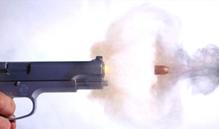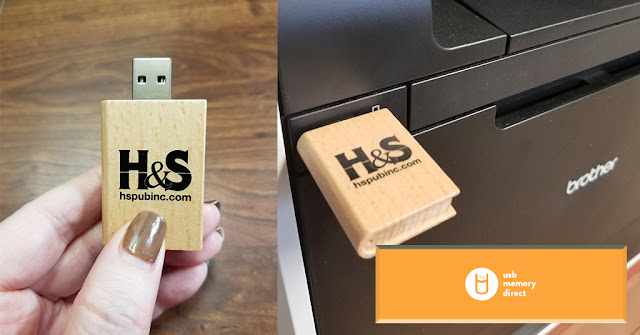Reconstruction of a Crime: Aided by Blood Patterns
Blood has the ability to reveal much to investigators. They can conclude angle, height, and even the type of struggle that occurred. They can determine the source, what happened, and how many people were at the crime scene. They can even determine how long the blood’s been there.
First off, let’s look at blood itself. It is a complex substance consisting of both plasma (liquid) and cellular (solid) components. It has the ability to spread over a surface and conform its shape to fit in a place, but it also possesses a measure of thickness and “surface tension” properties. Surface tension is an “elastic-like property”. It is the reason blood drops in a spherical shape.
Blood can leave the body in several ways such as dripping, oozing, flowing, gushing or spurting, and each of these leave a distinctive pattern. As blood flows from the body, it will pool and clot within three to fifteen minutes. Of course depending on certain diseases and/or medications it can vary.
When blood begins to clot it first forms a “dark, shiny, jelly-like mass”. With time it separates from a yellowish serum. Due to this, investigators can gauge a rough estimate as to when the blood left the victim’s body.
Passive stains are caused when the blood hasn’t been forced or ejected from the body, but rather it moves “passively” under the influence of gravity. For example, blood may drip from a wound, a bloody weapon, a tabletop.
“When a blood drop falls and strikes a flat surface it splashes in all directions, creating a circle of spatter around the point of impact. The diameter and shape of this spatter pattern depend on the size, and speed of the drop, the angle of impact, and the nature of the surface it strikes.”
Determining angle of impact
By measuring the dimensions (width and length) of the blood stain, investigators can reconstruct the sequence of events.
Projected blood spatters result from force such as internal force, the breathing of the victim, or external force such as a gunshot or blunt-force trauma. Another thing that investigators can figure out is the source of the blood, what caused the spatter patterns, and where the impact happened in the room. They do this using three-dimensional geometry by following the angle of the spatter and triangulating the point of convergence (the blood source) and the point of origin.
Void pattern can help investigators reconstruct the crime scene. It could result in blood being on the assailant, or an object that had been removed.
Spatter Classification
There are 3 types:
Impact: beatings, stabbings, gunshots, or any other circumstance where victim was impacted by foreign object
Projection: Arterial bleeding, castoff blood, expiated blood
Combination: can occur with a wooden bat used to beat the victim (for example) blood spatter shows from impact but also drops of blood falling from the bat
Spatter Velocity
 |
| A gunshot is an example of what causes High Velocity blood spatter. Blood pattern at the entrance is termed "Blowback or "back spatter" Misting at the exit is termed forward spatter |
Low velocity: object moving less than 5’ per second; usually the result of dripping blood
Medium Velocity: object moving between 5’-100’ per second; come from impact with blunt and sharp objects and expirated blood
High Velocity: object strikes at speed above 100’ ft per second; example gunshot
Transfer Patterns:
This can be things such as bloody fingerprints, or objects that were touched by blood. It could be the assailant kneeling in blood, shoeprints, blood-soaked fabric.
–
Information for this post (along with some direct quotes) taken from Howdunit Forensics A Guide for Writers


Very detailed and well written. (Okay, now I sound like my college prof.) This was really good, Carolyn, informative. Keep up the good work.
ReplyDeleteSometimes I think I'd like to study forensics, but when it comes right down to it...ew. This sure comes in handy to the crime/mystery writers. Have a good weekend :)
ReplyDeleteWelcome to my blog Michelle, and thank you for the follow.
ReplyDeleteYeah, this blood post was a little much for me even lol
You have a good weekend too :)